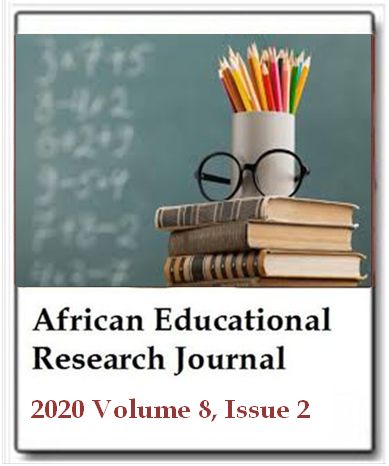Analysis of the influence of lower and upper extremity strength on shot styles in tennis
Mustafa Said Erzeybek, Adnan Ersoy, Zehra Gözeltepe and Fatih KayaAfrican Educational Research Journal
Published: June 2 2020
Volume 8, Issue 2
Pages 314-321
DOI: https://doi.org/10.30918/AERJ.82.20.067
Abstract
The aim of this study is to investigate the influence of lower and upper extremity strength on shot styles in tennis. 54 males and 19 females training regularly as experimental group and 24 male and 9 female volunteers as control group participated in the study. 24 training sessions were applied to the experimental group participants. Every week in a unit training, accurate and effective shot, practically forehand and backhand, was applied to the subject suitable for the technique and style by shooting 50 balls from the ball machine. The service was performed for each subject from the service point on the baseline line of the court in 20 units in one unit training. Maximum number of heart 30 to 50% of the beats were allocated for 10 min of general warming, and 70 to 80% of the maximum number of heart beats were allocated for quick strength; moreover, practices towards upper and lower extremity were applied beforehand and finger strength trainings. Voluntary participants in the control group were not subjected to any training program. Paired t-test was used for intra-group comparisons in the analysis. Two-way ANOVA was used to compare pre-test and post-test changes in groups with gender effect. Mean and standard deviation were used as descriptive statistics. Significance was determined as p ≤ 0.05. In conclusions, effective service training should be supported with a good ball thrower and effective material. Therefore, this study is important in terms of evaluating the effect of the tennis ball thrower on the performance of the athletes to correct the shoot techniques and improve their performance.
Keywords: Tennis education, lower and upper extremity, grip, strength.
Full Text PDFThis article is published under the terms of the Creative Commons Attribution License 4.0

